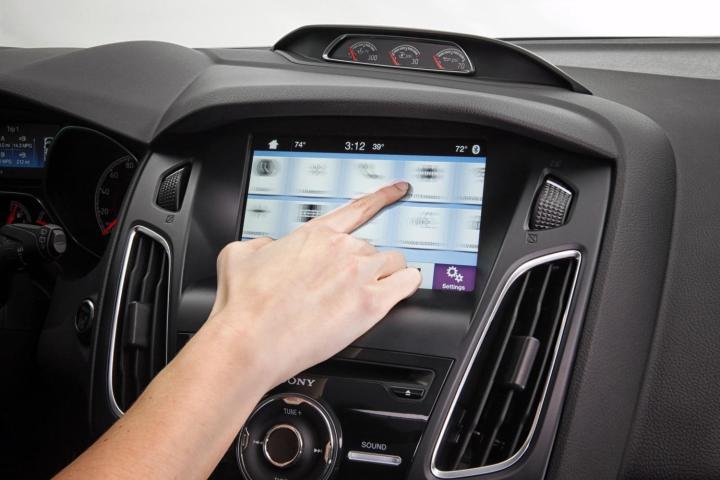
They claim that looking at dashboard screens and using touchpads, voice controls, and steering wheel mounted buttons is much safer, and that if these features didn’t exist, people would go right back to using their phones while driving.
Some safety-conscious critics aren’t convinced, though. As more complex infotainment system proliferate and cars continue to meld with phones, calls for stricter regulations on this tech aren’t quieting, according to Reuters.
“You can’t be looking at a screen and be looking at the road at the same time,” David Strayer, a professor of cognition and neural science at the University of Utah who has written several studies on distracted driving, told the news services. He believes current systems require drivers to take their eyes off the road for too long.
But carmakers, including Audi spokesperson Mark Dahncke, still maintain that their systems are better than actually picking up a phone while driving, and that drivers will definitely do just that in the absence of an alternative. That reasoning is behind ongoing efforts to increase the amount of smartphone content projected onto dashboard screens.
Unlike virtually every other part of a new car, the operation and design of infotainment systems is subject to fairly few regulations. Certain states do prohibit playing non-navigational videos while driving, and there are a handful of Federal regulations, including one stipulating that screen brightness be adjustable, but that’s about all.
The National Highway Traffic Safety Administration does have a set of voluntary guidelines. These dissuade carmakers from displaying images or videos unrelated to driving, and indicate that drivers shouldn’t have to use controls more than six times to complete a task, among other recommendations.
The car industry also has its own set of voluntary guidelines that are in some cases less strict than the government’s. While the government advises that a driver should be able to complete tasks with a series of glances at a screen totaling no more than 12 seconds, the industry guidelines allow 20 seconds.
Ultimately it doesn’t matter, though, since carmakers are under no obligation to comply with either set of guidelines.
One group that seems remarkably unconcerned with this issue is the insurance industry. While your premiums may go up if your car has the word “sport” in its name, a larger infotainment screen won’t raise them, the Insurance Information Institute says, unless it’s deemed valuable enough to be a theft risk.


